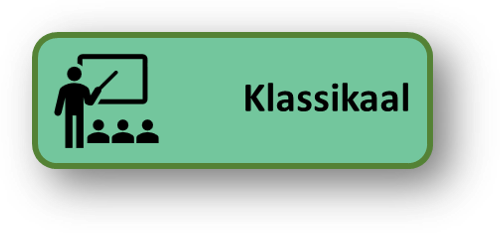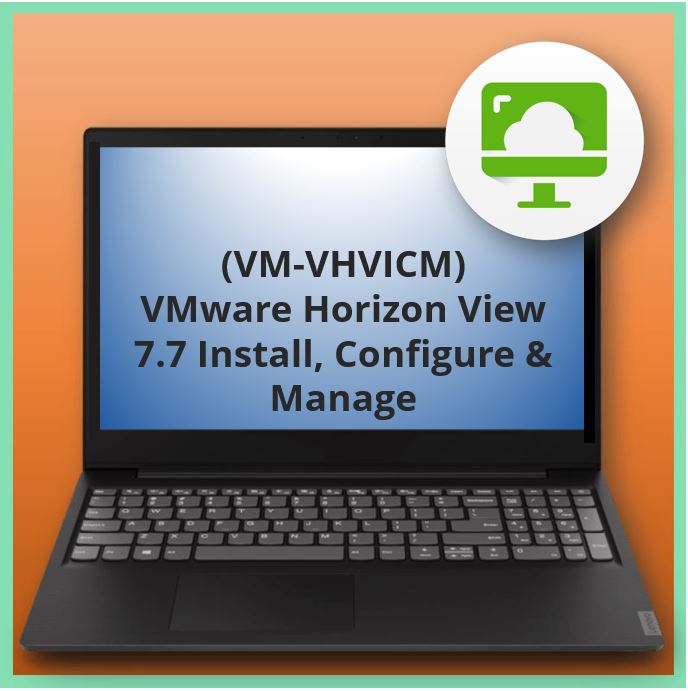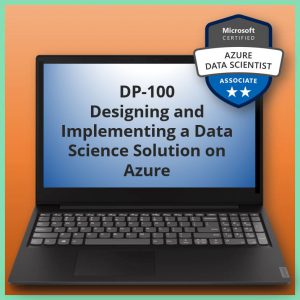Aangeboden leervormen

VMware Horizon View 7.7 Install, Configure & Manage (VM-VHVICM)
This hands-on course gives you the skills to deliver virtual desktops and applications through a single virtual desktop infrastructure platform. This course builds your skills in installing, configuring, and managing VMware Horizon® 7 through a combination of lecture and hands-on labs. You will learn how to configure and deploy pools of virtual machines, how to manage access and security of the machines, and how to provide a customized desktop environment to end users.
By the end of the course, you should be able to meet the following objectives:
• Identify VMware Horizon components
• Install and configure View Connection Server
• Install and configure virtual desktops
• Configure and manage VMware Horizon® Client™ systems
• Configure and manage pools of physical and virtual machines
• Configure and manage automated pools of full virtual machines
• Configure and manage pools of linked-clone desktops
• Configure and manage automated pools of instant clones
• Configure and manage Remote Desktop Services (RDS) pools of desktops and applications
• Use Horizon Administrator to configure the VMware Horizon environment
• Configure secure access to virtual desktops
• Use VMware User Environment Manager™ to manage user personalization and application configurations
• Describe steps to deploy profile management
• Use VMware App Volumes™ to provision and manage applications
• Manage the performance and scalability of a VMware Horizon deployment

Voor wie
Technical personnel who work in the IT departments of end-customer companies and people who are responsible for the delivery of remote or virtual desktop services
Programma
1 Course Introduction
• Review course goals
• Review course objectives
• Review the course outline
• Find additional resources after this course
2 Introduction to VMware Horizon
• Recognize the features and benefits of VMware Horizon
• Identify the major function of each VMware Horizon component
• Define a use case for your virtual desktop and application infrastructure
3 View Connection Server
• Identify the VMware vSphere® requirements for a connection server
• Describe the network and firewall configurations for View Connection Server
• License VMware Horizon components
• Configure View Connection Server
4 VMware Horizon Pools and Desktops
• Outline the process and choices in setting up VMware Horizon 7 virtual machines
• Compare the remote display protocols that are available in VMware Horizon
• List the ports that must be opened in the machine’s firewall for VMware Horizon operations
• Outline the configuration choices when installing Horizon Agent
• Identify the steps to set up a template for desktop pool deployment
• Describe how information on the Users and Groups page can be used to control and monitor View users
• Explain the hierarchy of global policies, pool-level policies, and user-level policies
• List the View Group Policy administrative (ADM) template files
5 Horizon Client Options
• Describe the requirements for a Horizon Client installation
• Explain USB redirection and options
• Describe the power states for desktops
• Define and compare a thin client with a system running Horizon Client
• Discuss the benefits of Virtual Printing
• Explain the Virtual Printing architecture
• Describe the configuration options for Virtual Printing
• Explain the location-based printing feature
6 Creating Automated Pools of Full Virtual Machines
• Recognize how an automated pool operates
• Compare dedicated-assignment and floating-assignment pools
• Outline the steps to create an automated pool
• Examine the entitlement of desktops in automated pools
7 Creating and Managing Linked-Clone Desktops
• Describe the VMware linked-clone technology
• Explain why both a parent virtual machine and a snapshot must be used to create linked clones
• Outline the system requirements for View Composer
• Describe the relationship between a persistent disk and the system disk
• Outline the steps necessary to set up an automated desktop pool that uses linked clones
• Compare the purpose of the parent and the replica virtual machines
• Compare the linked-clone management operations
• Describe the management operations for persistent disks
8 Creating and Managing Instant-Clone Pools
• Identify the advantages of instant clones
• Distinguish View Composer clones from instant clones
• Identify the requirements of instant clones
• Describe the types of instant-clone virtual machines
• Explain how folders are used to delegate pool administration
• Outline the steps to set up an automated pool that uses instant clones
• Describe instant-clone limitations in VMware Horizon 7
• Describe the creation of instant clones
• Set up an automated pool of instant clones
9 Creating RDS Desktop and Application Pools
• Explain the difference between an RDS desktop pool and an automated pool
• Describe how a user can access a single application by using the RDS application pool
• Describe the relationship between an RDS host, a farm, and an application pool
• Create an RDS desktop pool and an application pool
• Explain how the View Composer linked-clone technology can automate the build-out of RDS server farms
• Describe the load-balancing options for RDS hosts
10 VMware Horizon 7 Authentication
• Compare the authentication options that View Connection Server supports
• Describe the purpose of TrueSSO single sign-on
• Identify TrueSSO single sign-on components
11 Managing VMware Horizon Security
• Compare tunnels and direct connections for client access to desktops
• Compare the benefits of using either VMware Horizon Security Server or Access Point in the DMZ
• Identify where the tunnel endpoints are in a security server or an Access Point implementation
• Identify the tunnel endpoints when the security gateway is not used
• Explain a direct connection
• List the advantages of direct connections
12 Profile Management Using User Environment Manager
• Identify the use cases and benefits of using User Environment Manager
• Describe User Environment Manager and its architecture
• Explain the User Environment Manager functional areas and their benefits
• Explain User Environment Manager profile management and its features
• Use the User Environment Manager management console and application profiler to manage user personalization and application configurations
13 Using App Volumes to Provision and Manage Applications
• Explain how App Volumes works
• Identify the features and benefits of App Volumes
• Identify the interface elements of App Volumes
• Install and configure App Volumes
14 Command-Line Tools and Backup Options
• Describe key View Connection Server features that are available as command-line options with the vdmadmin command
• Explain the purpose of kiosk mode for client systems and how it is configured
• Explain why you might want to limit the domains that View Connection Server makes available to end users
• Identify the log locations for each VMware Horizon component
15 VMware Horizon Performance and Scalability
• Describe the purpose of a replica server
• Compare a replica server to a standard connection server
• Explain how multiple VMware Horizon servers maintain synchronization
• List several best practices for multiserver deployment in a pod
• Describe how a load-balancing capability might improve VMware Horizon performance
Voorkennis
Customers attending this course should have, at a minimum, the following VMware infrastructure skills:
• Use VMware vSphere® Web Client to view the state of virtual machines, datastores, and networks
• Open a virtual machine console on VMware vCenter Server® and access the guest operating system
• Create snapshots of virtual machines
• Configure guest customization specifications
• Modify virtual machine properties
• Convert a virtual machine into a template
• Deploy a virtual machine from a template
Attendees should also have the following Microsoft Windows system administration experience:
• Configure Active Directory services, including DNS, DHCP, and time synchronization
• Restrict users’ activities by implementing Group Policy objects
• Configure Windows systems to allow Remote Desktop Connections
• Build an ODBC connection to an SQL Server database
Duur training
Klassikaal: 5 dagen







